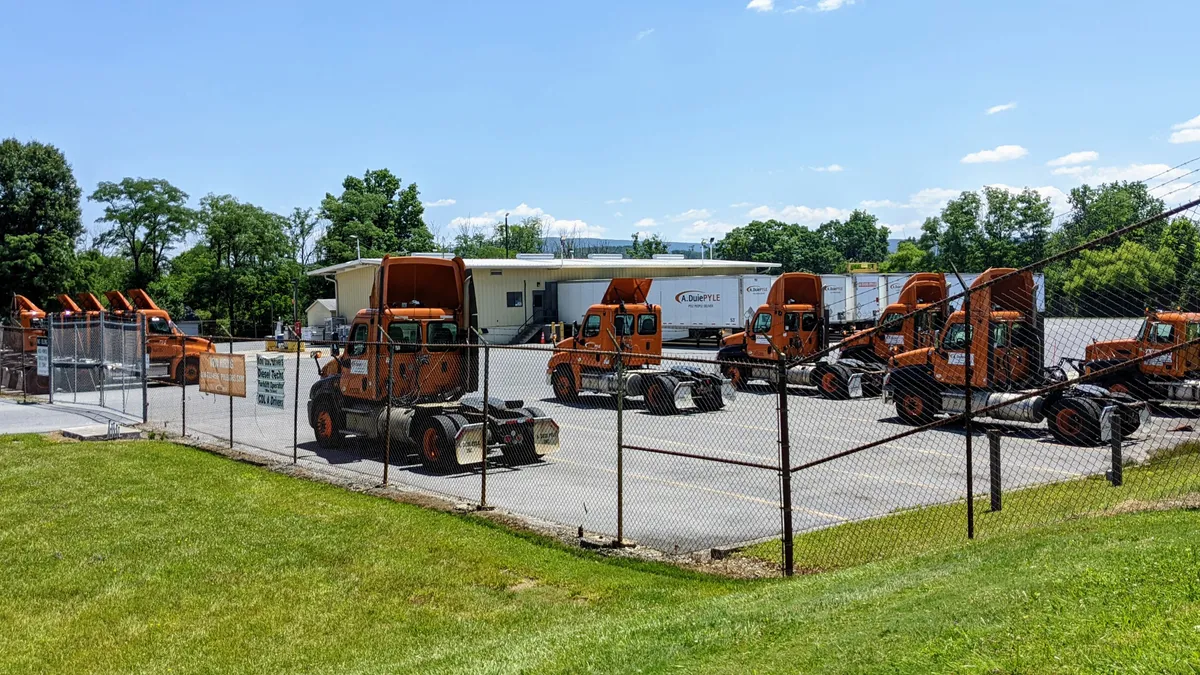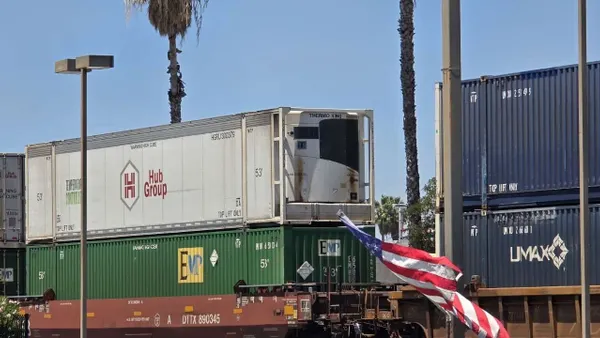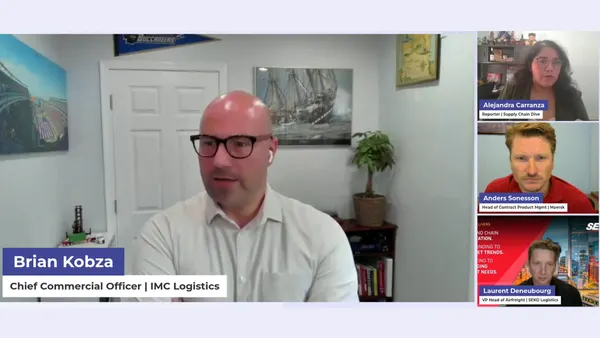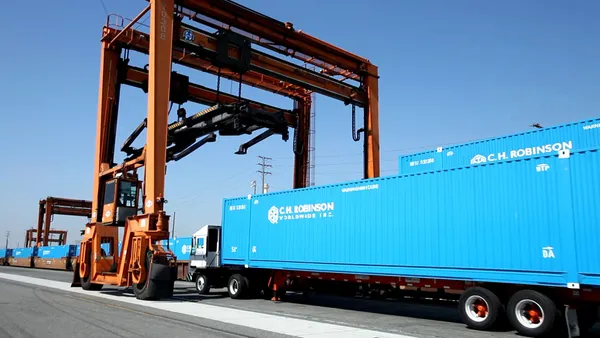Dive Brief:
- A. Duie Pyle will grow its regional LTL network with at least three new terminal openings this year, COO John Luciani told Transport Dive in an interview.
- The privately-held, family-owned carrier purchased a facility in Pittsfield, Maine, which will serve as a base of operations for service as far north as the Canadian border, Luciani said. It also plans to open a site in Northeast Maryland and move into a building it had previously leased in New York City.
- The investments will extend A. Duie Pyle’s LTL footprint to 30 service centers, primarily along the Interstate 95 corridor. The for-hire carrier hauls more than 11,000 shipments daily.
Dive Insight:
The regional carrier’s growing terminal network has enabled the carrier to expand its territory as far north as the Canada border, as far south as the North Carolina border, and west to Cleveland, Ohio.
A. Duie Pyle’s network sprouted from a single terminal after the company shifted to LTL freight from its founding as a steel-hauling operation serving the Lukens Steel Mill in Coatesville, Pennsylvania in April 1924.
The carrier announced forays into Virginia and West Virginia in the last year alone, and its legacy LTL unit brought in about $570 million in gross revenue, according to Luciani.
“The vast majority of our service centers do reside along I-95,” Luciani said. “We’ve got about 1,000 [pickup-and-delivery] drivers. ... Those 1,000 drivers deliver about 10,000 shipments in our footprint of today's 27 service centers.”
A. Duie Pyle plans to take over a New York terminal it purchased in 2009, but had been leasing to a competitor.
“A competitor is going to relinquish that operating lease, and we’ll consume that building,” Luciani said. “We’re ideally suited to service the largest population on the East Coast, probably in the country, on that I-95 corridor.”
While A. Duie Pyle’s publicly held competitors have trimmed costs as demand softened, they have been loath to trim their real estate growth. Executives such as Old Dominion Freight Line CEO Greg Gantt have repeatedly credited such efforts with putting carriers in position for record profits over recent years.
“We're in a good spot with our headcount, with our fleet and certainly with the service center network to be able to let volume start flowing again,” Gantt said in a Q4 earnings call.













